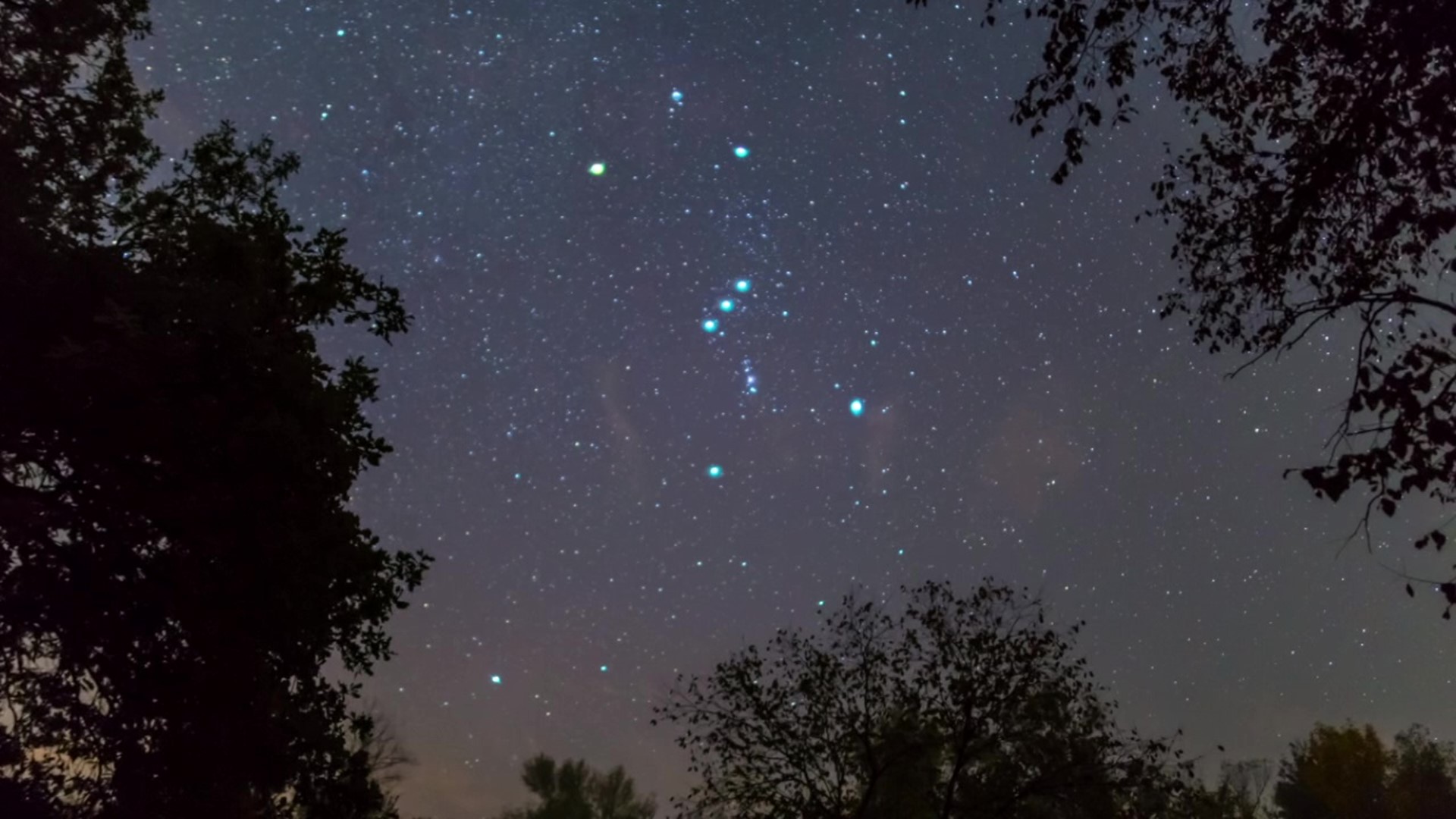WEATHERLY, Pa. — Orion the Hunter still shines bright in the southwestern sky in the evenings, but not for long.
"It's saying its final goodbye right now. Each day, it's going to get closer to the western sky. I would say over the next 30 days, it'll disappear," said Tom Wildoner from the Darkside Observatory in Weatherly.
Wildoner says there's some interesting mythology surrounding the constellation.
"There was a scorpion released to kill Orion. That's why when you see Orion disappearing in the western sky. In the eastern sky, you see the constellation Scorpio rising. He's trying to catch him and never does."
Orion also has two nebulae in it.
"If you have particularly good eyesight, when you look at that middle star, it's going to have some fuzziness around it like a grayish-greenish-type haze. That's Orion's nebula."
And the Horsehead nebula.
"NASA did some calculations a few years ago and said that the dark matter in the Horsehead itself is capable of producing 30 sun-like stars if it fully compresses," Wildoner said.
Cast your eye to Orion's shoulder and catch a glimpse of Betelgeuse.
The star Betelgeuse is 800 times larger than our star, the sun. It's what's called a red giant. What that means is that at some point in history, it's going to compress on itself and explode into what's called a supernova."
Orion isn't the only thing to look for. On the morning of Monday, March 28, Skywatchers will see a cluster of planets near our moon.
"If you look in the eastern sky, you're going to see the planet, Venus. To the right of Venus, you're going to see the planet Mars. Below them, you'll see the planet Saturn. Below that grouping of three, you will see a crescent moon for a quad conjunction."
This conjunction is best viewed about an hour before sunrise.
See past Skywatch 16 segments on YouTube:

